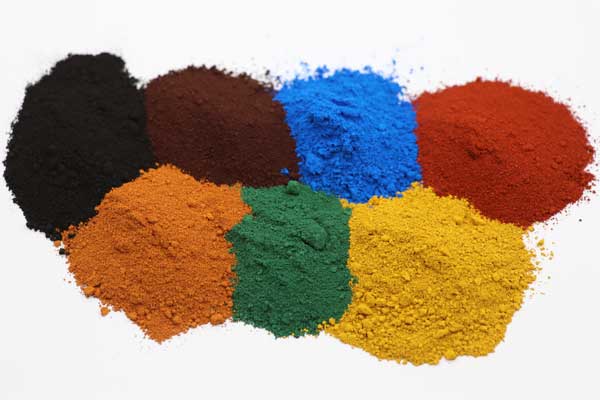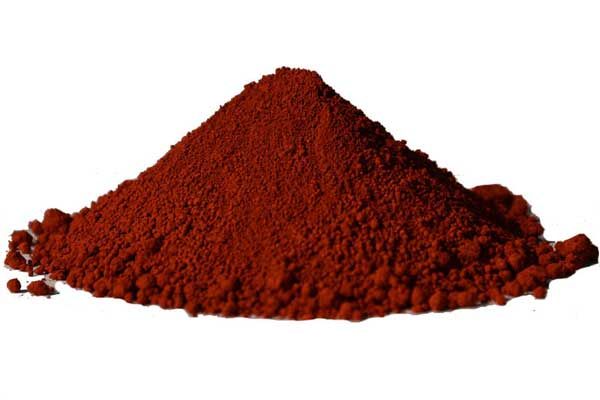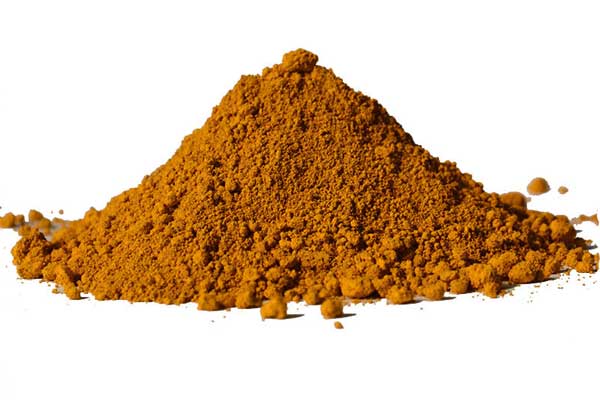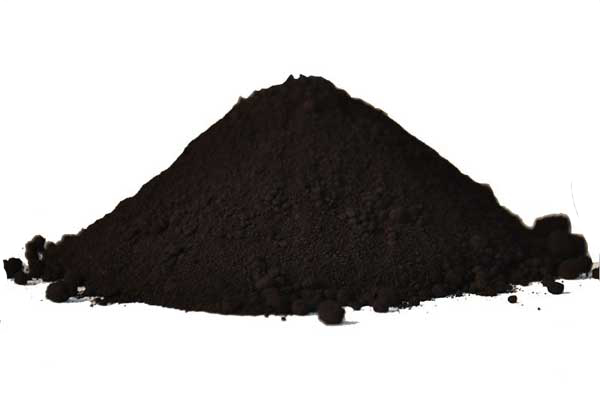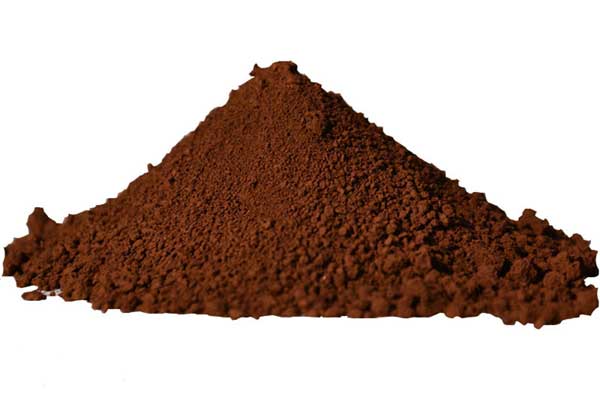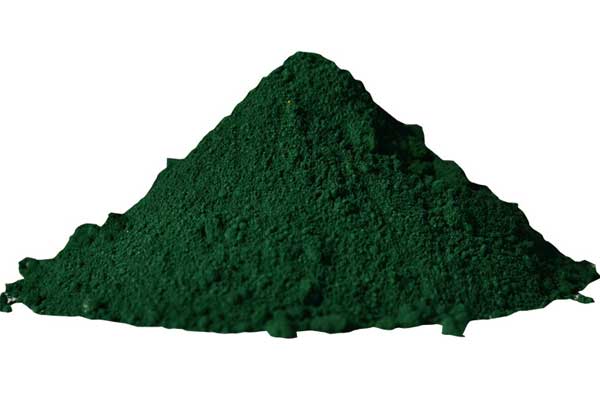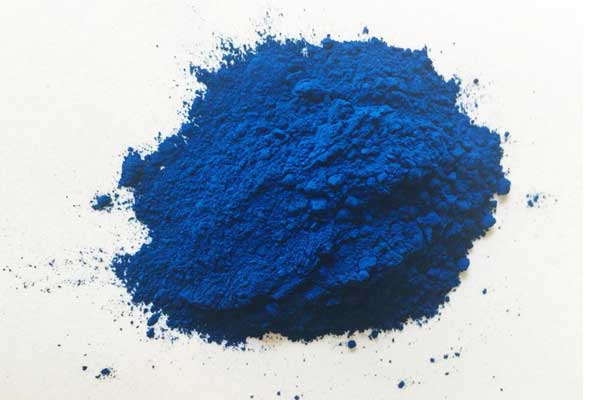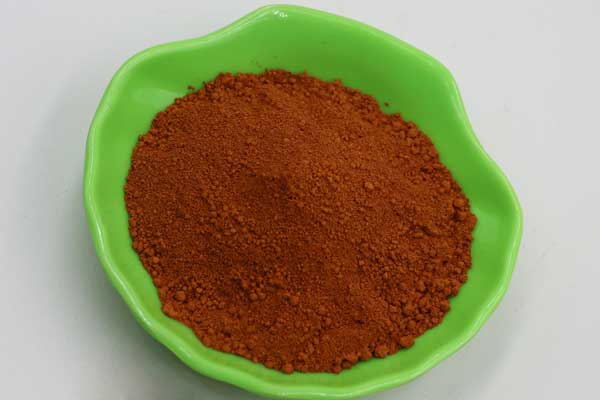Home » Iron Oxide Pigments for Plastic And Rubber
As a common chemical raw material, iron oxide pigment has a wide range of applications. The most common application is as a pigment in construction and coloring skills. Iron oxide pigments are suitable for the coloring of plastic and rubber products, such as, thermosetting plastics and thermoplastics, and the coloring of rubber products, such as, automobile inner tubes, airplane inner tubes, bicycle inner tubes, etc. Iron oxide pigments for plastic and rubber plays a great role in preventing rubber and plastic from aging.
>>> Main Applications in Rubber
Iron oxide for rubber can be applied to the following rubber products.
- Various inner tube products, such as, automatic inner tube, airplane wheel inner tube, bicycle and rickshaw barking tire, etc.
- Model products, such as, soles, heels, bottle plugs, hot water bottles, gloves, spherical tires, rubber tiles, etc.
- Hard rubber products. Chemical materials, insulating materials, battery tanks, medical appliances, stationery products, etc…
- Sprinkle iron oxide powder on the surface layer of the rubber. For that it has a good effect on the adhesion of the embankment rubber to each other. Iron oxide can replace ridge clay, clay, light calcium in rubber.
- Used as lubricant, release agent and moisture absorbent for various rubber products. It has the reduction rate of anti-corrosion, anti-aging and anti-high temperature products. So it can greatly mobilize the product quality. Meanwhile, its heat resistance is better than carbon black.
- It is effective to replace white carbon black in the prescription of transparent rubber sole.
- Other rubber products, such as, pipes, belts, leather bags, wires, waterproof raincloths, etc…
>>> Main Applications in Plastics
- Thermosetting plastics. Urea-formaldehyde plastic, melamine resin plastic, phenolic plastic, foam plastic, asbestos plastic such as, brake pads, brake plates.
- Thermoplastics, polystyrene plastics, polyvinyl chloride plastics such as, colored films, plastic floors, and polyethylene molding compounds, etc…
- A mineral filler with various function. It is suitable for thermoplastic such as, polyethylene, nylon, polyester, ABS, and thermogenic plastics such as, phenolic resin, epoxy resin paste. It can even be used to make oil drums.
- Adding 50% iron oxide to polypropylene can adjust the breakdown voltage from 20kv/mm to 46kv/mm.
>>> More Uses of Iron Oxide Pigments for Plastic And Rubber
In the application of rubber and plastic, iron oxide that doesn’t contain heavy metal ions, such as copper and manganese can be used in aviation tires. Iron oxide pigments have the characteristics of strong coloring power and pure color. So it is used as a colorant and filler in PVC plastic floors and PVC colored films. In thermosetting plastics, it can be used in electric jade powder, bakelite powder, polyolefins and so on. Iron oxide pigments for plastic are mostly made into masterbatch or paste preparations for using in the plastic industry. Since the iron oxide pigment is non-toxic, the transparent iron oxide pigment can be used for the coloring of plastic beer bottles, medical vials and food packaging plastics, which is a new type of plastics transferred into pigments.
>>> How to Use Iron Oxide Pigments on Rubber
Generally after washing and refining the raw rubber, the rubber is mechanically treated to obtain the necessary plasticity, and then the vulcanizing agent, iron oxide pigment, zinc oxide, calcium carbonate and other fillers are added to control the rubber raw material. Then reprocess and shape all kinds of rubber products.
>>> How to Use Iron Oxide Pigments on Plastic
- The products used on the asbestos plastic brake. Take the resin, asbestos and iron oxide pigments and mix them together, adjust the viscosity with a solvent, knead and dry them, then take the asbestos plastic and put it into a press to form it into wood grain decorative paper.
- The coloring method used for polyvinyl chloride plastic. Firstly, mix the iron oxide pigment and plasticize into a thick paste, place it on a flat roll machine or a three0roll machine for grinding, then the components and the color paste are uniformly blended until no color strands or color points are produced. Put the colored polyvinyl chloride paste in a spreader and spread it evenly on the glass plate. After it is static, drained and defoamed, put it in a 180℃ blower oven for plasticization, take it out. After 10 minutes, it will become a colorless or colored polyvinyl chloride film.

